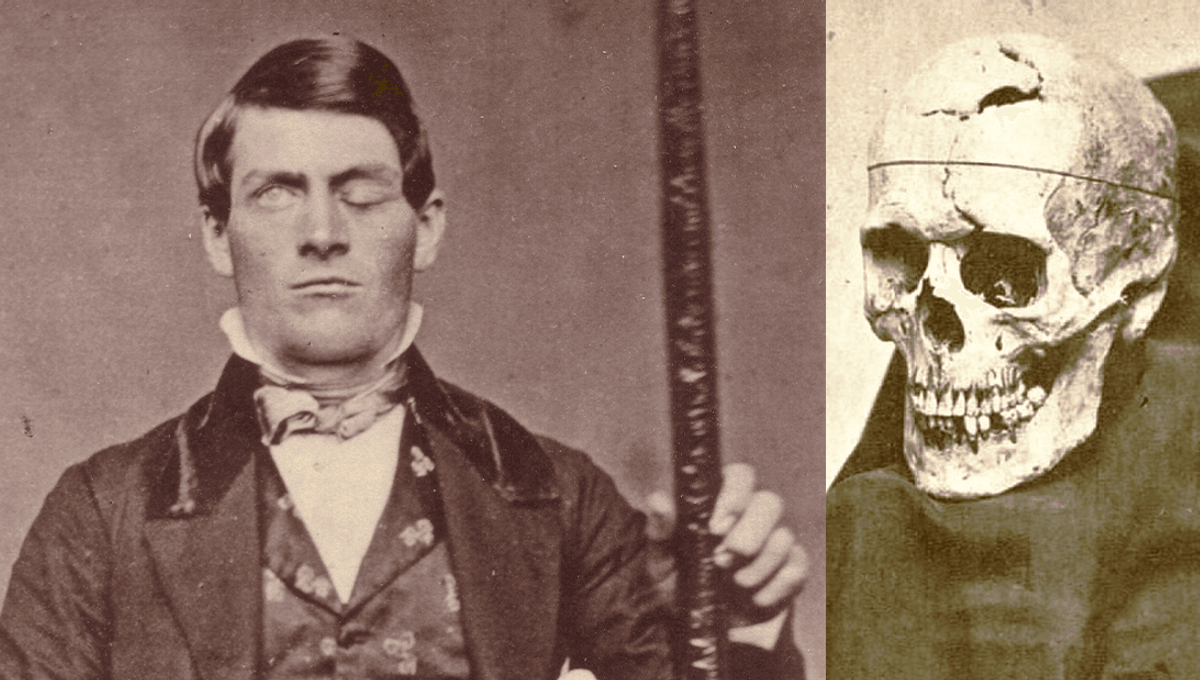Prepare to be amazed by the incredible story of Phineas Gage. Picture this: an iron rod piercing his skull, traveling through his brain, and exiting the top, leaving a trail of blood and brain matter. This mind-boggling event occurred on September 13, 1848, a Wednesday (no, it wasn’t a Friday the 13th, despite what you may think). Gage was packing explosive powder when the rod ignited a premature explosion, propelling it through his head. Miraculously, he survived. And his first words to the doctor on the scene? “Here is business enough for you,” he said with an oddly humorous tone.
But surviving such a catastrophic incident wasn’t the end of Gage’s story. The real twist came in the form of his changed personality and behavior. As he recovered, his friends and colleagues noticed a stark difference in him. This shed light on the intricate relationship between the mind and the brain, a connection that had never been fully understood before. Neuroscientists Kieran O’Driscoll and John Paul Leach delve into this fascinating topic in a 1998 BMJ paper.
.gif)
According to Gage’s doctor, his colleagues found him to be completely different after the incident. He was no longer the efficient and capable foreman they knew. Instead, he became fitful, irreverent, and prone to using profanity. He showed little respect for others, disregarded advice, and acted on his desires without restraint. It was as if he had transformed into a child with the animal passions of a strong man. His friends and acquaintances even claimed that he was “no longer Gage.”
What they were witnessing was the result of damage to Gage’s orbitofrontal cortex in the frontal lobe. Little did they know that this injury would later play a controversial role in the development of frontal lobotomy.
Fast forward to the mid-1900s, and lobotomies were being performed worldwide. The procedures ranged from injecting alcohol directly into the brain to hammering an ice pick into the eye socket. The aim was to sever connections to the frontal lobe, with the hope of treating mental illness symptoms or simply making patients more manageable.
It’s truly mind-boggling to think that Gage’s rail rod incident would pave the way for an entire branch of neurological intervention. Equally astonishing is the fact that Gage survived to tell his tale at all.








